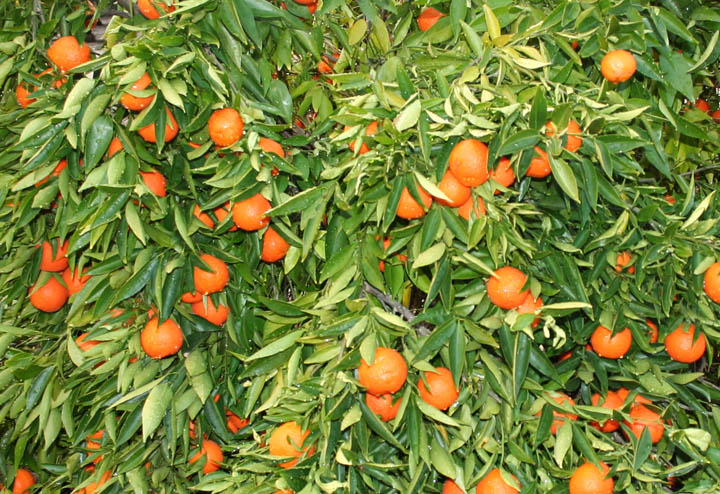
A third citrus quarantine area established in the Texas Rio Grande Valley last week is good news and bad news for growers.
The move to quarantine a new 5-mile area near Edinburg was prompted after researchers at the Texas A&M Citrus Research Center in Kingsville confirmed Huanglongbing (HLB), or citrus greening disease, was discovered in 14 infected backyard citrus trees.
The bad news is it appears that the deadly disease is spreading across the Valley in spite of extreme proactive measures to keep the problem in check. The good news, say citrus industry officials in the Valley, is that it is because of a comprehensive effort to monitor the region for the disease that these new infected trees were discovered.
Cooperation among agencies seen as key to HLB management
"The secret to controlling this disease is making more people aware of the problem. The local citrus industry is doing a very good job of scouting for the psyllid that vectors the disease, but homeowners who have citrus trees and ornamentals in their backyard may not be monitoring appropriately or enough, and we need full cooperation from everyone in the Valley if we are to control the spread of citrus greening," said Dr. Raul Villanueva, Assistant Professor and Extension Specialist and a citrus entomologist for Texas A&M Research and Extension Center in Weslaco.
For more on citrus, fruits, vegetable and other Southwest commodities, please check out Southwest Farm Press Daily and receive the latest news right to your inbox.
The Texas Department of Agriculture imposed the new quarantine area last week, which limits the movement of citrus plants or plant materials outside of quarantine zones. Area nurseries and plant centers that offer citrus plants for sale must agree to comply with quarantine restrictions.
"The Valley receives a lot of winter visitors from other states and one of the problems we are having is that many of them may not be aware of the dangers of growing ornamental citrus plants. But a concerted effort is being made to inform the public and a new plan of action is being considered even now on ways we can further control the spread of the disease and keep the public better informed of the dangers," Villanueva added.
Huanglongbing is a bacterial plant disease that is not harmful to humans or animals but is fatal for citrus trees. The disease destroys the production, appearance and economic value of citrus trees. Diseased trees produce bitter, hard, misshapen fruit over time and the tree will die within a few years of being infected if not removed immediately.
HLB is considered one of the most serious plant diseases in the world and currently there is no cure although promising research over the last year provides some potential for new treatments.
HLB is spread by the Asian citrus psyllid, a tiny insect that feeds on the leaves and stems of citrus trees. When an Asian citrus psyllid feeds on an HLB-infected tree, it can pick up bacteria that cause the disease. Once infected, a psyllid carries the disease-causing bacteria for life and can transfer the disease when feeding on other citrus trees.
The disease was first detected in the Valley in Jan., 2012. A quarantine zone was quickly established to contain the outbreak. But the disease was found in a second area in Sept. the following year and a second quarantine zone was established.
Local officials say a door-to-door campaign was launched in recent months to help spread the word about the risks to homeowners, but Villanueva says the plan suffers from a lack of manpower.
"We also need full cooperation from the local media to help get the word out," he added.
Disease has spread
While the spread of HLB in the Valley increases the threat to commercial citrus production, officials say they don't expect the same devastating tragedy suffered by Florida growers in the late 1990s and early years of the new century. But the disease has spread since then, now confirmed in Florida, Georgia, Louisiana, South Carolina, Texas and California. In addition, the Asian Citrus Psyllid (ACP) has been detected in New Mexico and Arizona.
HLB can also be found in Mexico and other Latin America countries.
"This disease poses a real threat to the citrus industry in Texas but industry efforts so far have been very good, and local, state and federal officials are responding well to the risks, so if we can get the average homeowner to know and understand the importance of controlling the psyllid that spreads the disease, then we believe the problem can be controlled effectively," Villanueva said.
The recently farm bill allocates funds for the continued research into citrus greening disease and Valley officials say that could be a major boost in helping to discover new ways and new technologies to fight the disease.
More on citrus:
Can spinach proteins save the U.S. citrus industry?
About the Author(s)
You May Also Like




